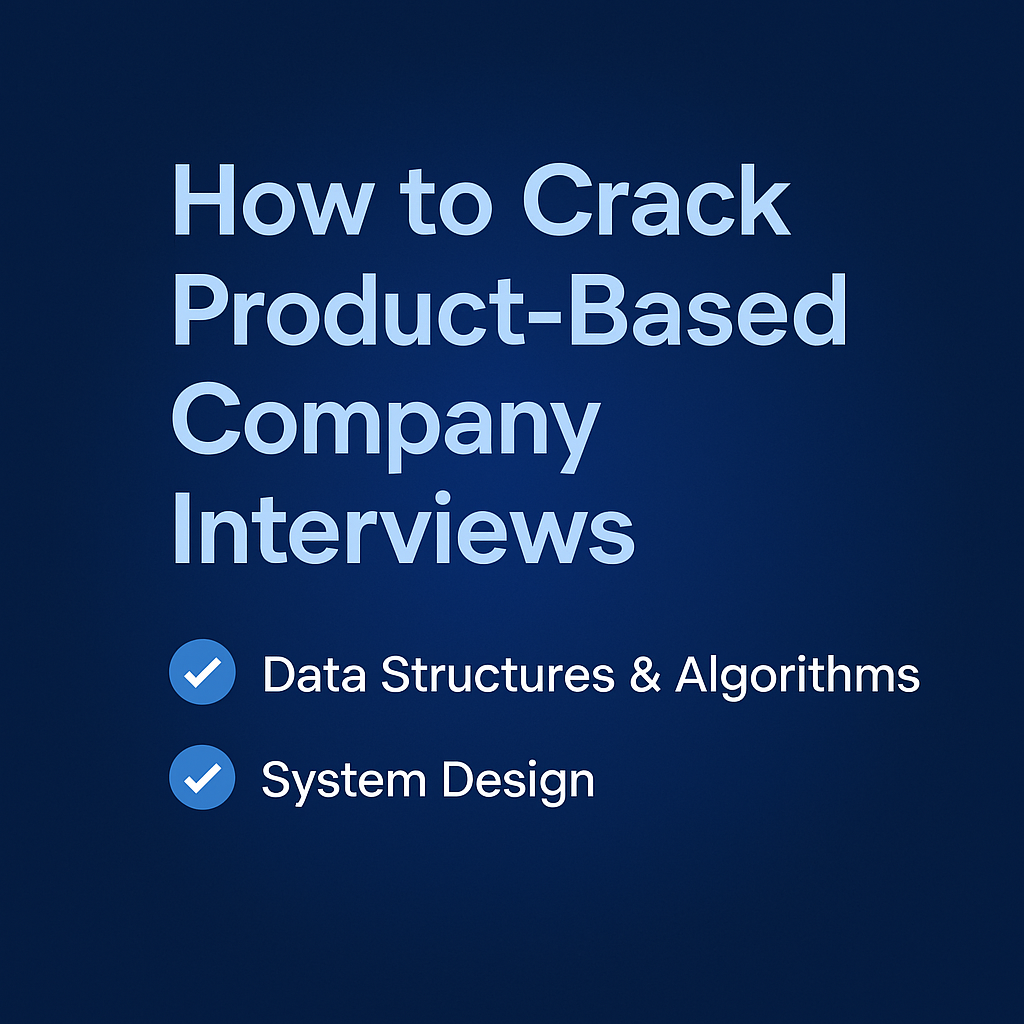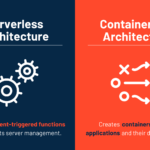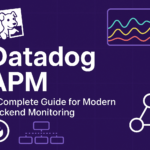If you’re preparing for a switch or planning to level up your career by joining a top product-based company—think FAANG, unicorn startups, or elite tech firms—there’s one truth you can’t ignore:
🚨 Regardless of your experience—1 year, 5 years, or even 10—the interview loop is fundamentally the same.
And it revolves around two major skill sets:
- ✅ Data Structures & Algorithms (DSA)
- ✅ System Design — covering both LLD (Low-Level Design) and HLD (High-Level Design)
Whether you’re a fresher out of college or a senior engineer with a decade of experience, these are the pillars every candidate is tested on. You could be managing teams, building microservices, or deploying complex distributed systems—but when you enter the interview room, it all starts with DSA and Design.
🧠 Why DSA Still Matters (Even for Senior Engineers)
You might be wondering:
“I’m already working on real-world problems every day—do I still need to brush up on DSA?”
Yes. Absolutely.
Here’s why:
- It shows your problem-solving approach under pressure.
- It’s a quick way to benchmark your logical thinking, coding style, and optimization mindset.
- It’s standardized across the board—interviewers can objectively assess candidates regardless of their job title.
Most candidates underestimate the importance of foundational topics like binary trees, recursion, dynamic programming, or graph traversal. But these are what interviews usually revolve around.
If you’re not consistent with DSA practice, now is the time to start. Even dedicating 1 hour daily can significantly boost your confidence in just a few weeks.
🏗️ System Design : The Game-Changer for Mid-to-Senior Engineers
If DSA gets you through the initial gates, System Design is what determines whether you walk out with an offer.
For roles with 2+ years of experience, companies expect you to:
- Design scalable, fault-tolerant systems
- Break down complex problems into manageable components
- Justify architectural trade-offs
- Communicate your ideas with clarity
There are typically 1–2 rounds dedicated to design questions. This includes:
- Low-Level Design (LLD): Designing class diagrams, services, models, and interactions
- High-Level Design (HLD): Architecting scalable systems like rate limiters, URL shorteners, e-commerce platforms, etc.
📺 Must-Watch Playlists to Level Up
I’ve curated some high-quality YouTube playlists that walk you through every concept from the ground up. These aren’t random tutorials—they’re structured, beginner-friendly, and go deep where it matters.
🎥 Low-Level Design (LLD) – Beginner to Advanced
Build object-oriented design skills, learn real-world modeling, and get interview-ready.
👉 Watch Now
🧱 High-Level Design (HLD) – Concepts That Scale
Understand system components, database choices, caching, messaging queues, and more.
👉 Watch Now
☕ Java – Master the Language for Backend Interviews
Solidify your core Java skills—whether you’re revising or starting fresh.
👉 Watch Now
🌱 Spring Boot – From Basics to Production-Ready
Build microservices and APIs with Spring Boot. Great for backend-focused roles.
👉 Watch Now
💬 My Advice (From Someone Who’s Been There)
If you’re preparing for product-based interviews, don’t get distracted by noise. Fancy tools, trendy frameworks, and certifications won’t matter much if you fumble on DSA or can’t explain how you’d scale a basic service.
Start with:
- 1–2 DSA questions per day (Leetcode, HackerRank, etc.)
- Weekly system design practice (draw, discuss, and explain)
- Building small projects or design case studies
- Mock interviews with peers or mentors
Consistency beats cramming. Make it a habit. Track your progress. Get feedback.
🚀 Final Thoughts: Be Interview-Ready, Not Just Job-Ready
Job-ready means you can contribute in your current role.
Interview-ready means you can switch roles, companies, or even industries.
There’s a difference.
So if you’re aiming for a product-based company, invest time in the right areas. There are no shortcuts—but there is a focused path. And you’re now on it.
Happy prepping, and may your inbox be filled with offers soon! 💼🔥






